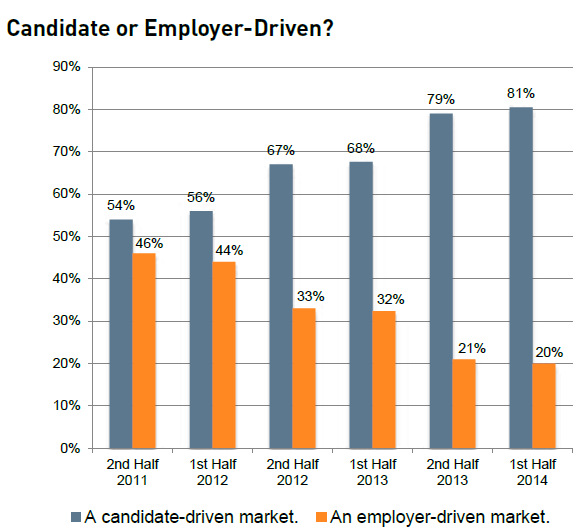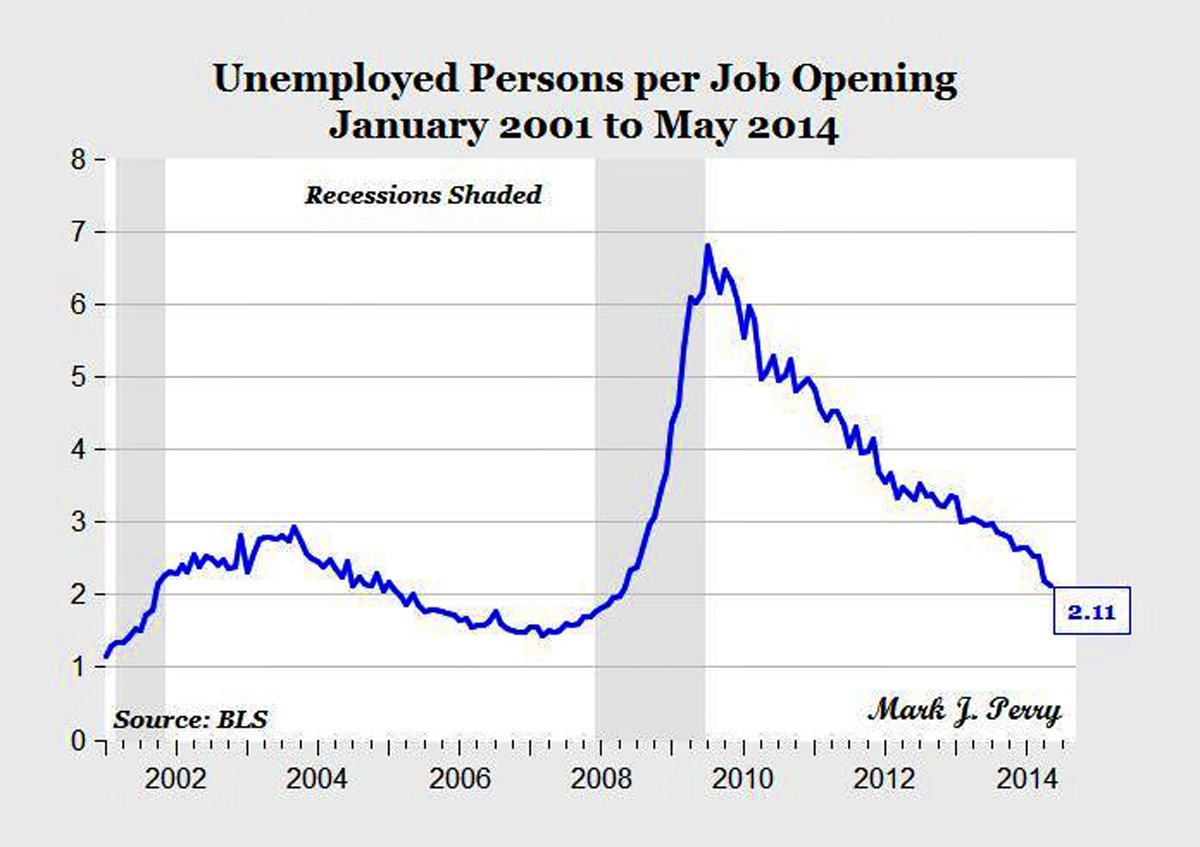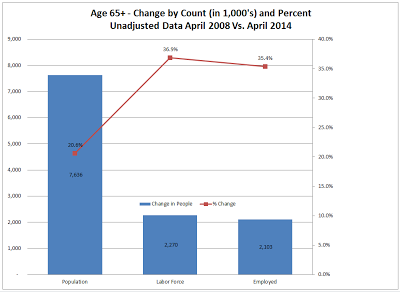LABOR DAY: What were the best and worst jobs you've ever had?
Happy Labor Day Weekend!
Labor Day is awesome. In fact, I think it might be awesome not just for the BBQ, (a good enough reason to love it, I plan on smoking my first ever pork belly this weekend), but also for the fact that it is one of the few holidays where we don't have to be constantly admonished to 'Remember the true meaning of the day'.
No one seems to really care anymore about the 'true meaning' of Labor Day. The battle is mostly over. 'Labor' has more or less lost.
But so what? Let's have some burgers!
So maybe we can try and have some fun today and share both our best and worst jobs that we have ever had.
Just one tip though, if your current job is the worst one you have ever had, you might not necessarily share that one in the comments, just in case you still need that terrible job.
So here goes, my best and worst jobs:
Best Job - A tough call, but I am going to go with the gig I had helping to implement accounting and finance software for AT&T Saudi Arabia back in the 90s. The cool parts of the job were getting a chance to learn how business really got done, (we had to rename 'bribes' into 'facilitative payments' for example), living and working in the Middle East (much, much more fun than you would imagine), and having my career trajectory completely changed from that point forward. Lots of great memories from that gig.
Worst Job - Again a tough call, as I have had a number of terrible jobs. But the worst was probably the summer job I had between Freshman and Sophomore year of college where I picked orders for grocery and convenience stores in a massive, refrigerated warehouse. And on the graveyard shift as well. Heavy lifting, freezing all the time, sitting outside on a stoop at 4AM to eat 'lunch' and to try and warm up does not equal good times. Sure, there was an occasional bit of fun, (once an entire pallet of orange juice cartons crashed from about 50 feet up), but the other 98.5% of the time there was pretty miserable.
How about you? Feel free to share in the comments your best and worst jobs as well.
Have a fantastic Labor Day Weekend!

 Steve
Steve



